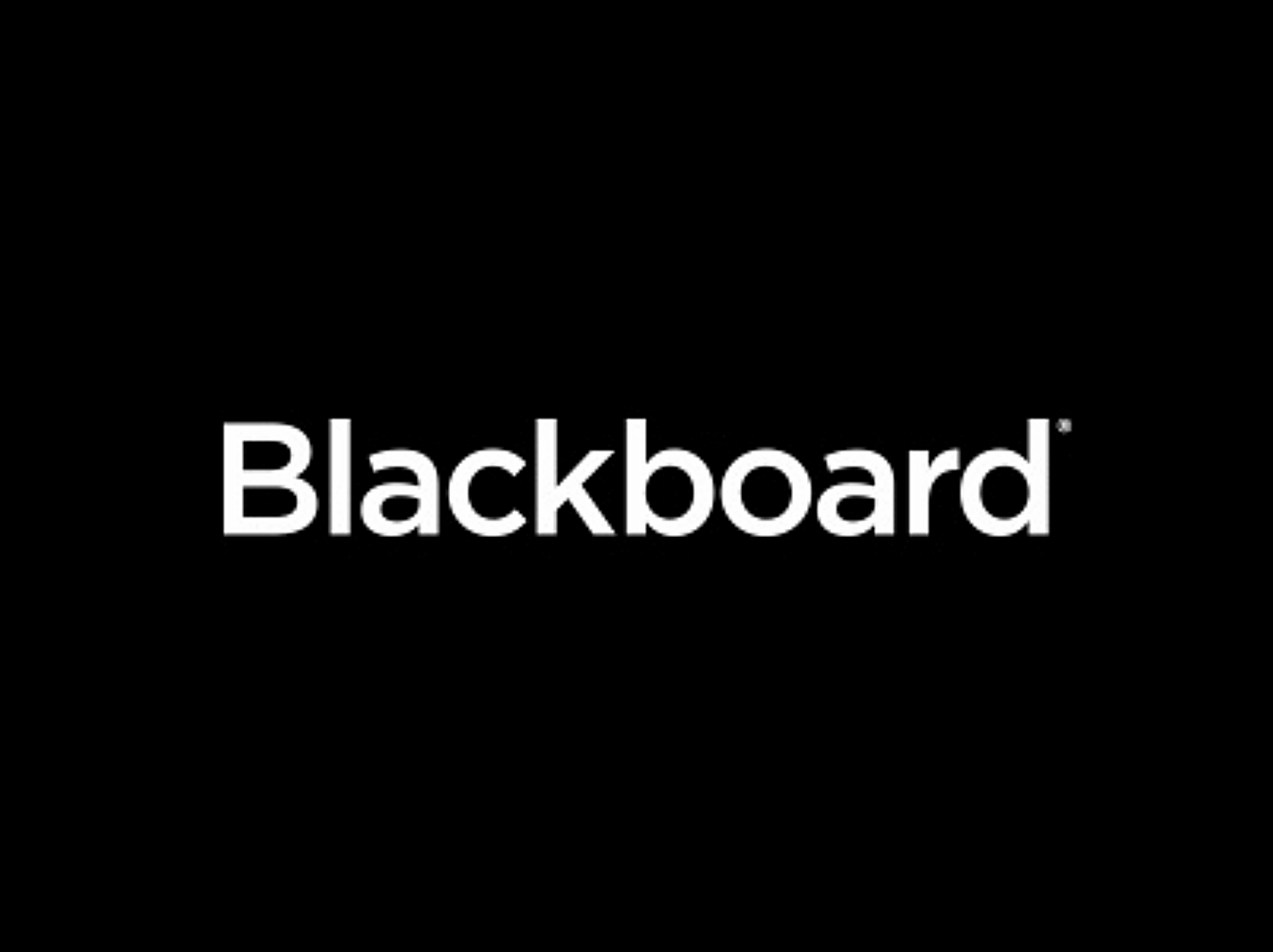
The discussion board has become a default communication tool in online and hybrid courses, and even in many in-person classes. Many of these discussions follow a predictable formula: “Post once. Reply to two peers. Minimum 300 words. Replies must be substantial.” What once promised dialogue and reflection now more often promotes checkbox engagement.
Why are we still using this decades-old format in modern classrooms? Isn’t it time to consider whether this tool creates genuine student engagement?
This isn’t a call for novelty—simply for the sake of novelty. It also isn’t a call for the wholesale elimination of discussion boards. It’s an invitation to step back and ask: how could this familiar tool better serve today’s students?
Designed for early internet forums, the discussion board doesn’t seem to have kept up with modern pedagogy. Too often, it encourages superficial responses over meaningful dialogue. It incentivizes conformity, not critical thinking. And it can reinforce ideological echo chambers, which is especially problematic in an environment where intellectual diversity is already under threat.
Even educators admit it’s not working. In a recent LinkedIn post, I asked: “If your students aren’t learning from it, what is the purpose of the discussion board?”
[RELATED: A Faculty Guide to AI Pedagogy and a Socratic Experiment]
The post went viral, and hundreds of educators voiced their overwhelming agreement. One commenter said, “I saw that exact thing and felt the same way in college! There were very few prompts when I could really write and enjoy it.” Another asked, “If students are telling us loud and clear that something’s not working, why wouldn’t we listen? Their feedback is the roadmap.”
Then there are all the memes dedicated to the ridiculousness of discussion boards. Have you seen the one where someone replies to a peer with “Wow, great point. I agree with everything you said”—and then adds five more sentences just to meet the word count. These jokes aren’t just for laughs. They’re feedback.
Students are telling us something. They don’t feel like they learn much from discussion boards. They feel like they’re performing. Yet we take these memes, share them with a friend, and move on with our day. What if we took student feedback to heart and started making some meaningful changes?
Listening to Our Students
It is essential to listen to our students because we face a new student population. Many of today’s learners are not just 18-year-olds living on campus with time to spare. A 2024 analysis by the Manhattan Institute highlights that non‑traditional students—those who are older, delayed enrollment, working, or caregiving—now make up a majority of college students. This aligns with NCES’s recent enrollment data showing that 35 percent of undergraduates at two-year institutions and 27 percent at four-year institutions were enrolled part-time, suggesting work or family commitments.
These students are focused on outcomes and relevance, not performative participation. They need engagement that respects their time, intelligence, and lived experience. In this context, discussion boards often feel like busywork rather than valuable learning exercises.
Yet, we know that our students still use discussion forums. They use Reddit, Instagram, TikTok, and YouTube all the time. It’s not that they don’t want to discuss topics with each other, but rather that they wish to do so in an authentic way. They don’t want to simply regurgitate answers from a textbook.
At the same time, public trust in higher ed is declining. Pew Research finds that only 25 percent of U.S. adults believe a four-year degree is very important for a high-paying job. Just 22 percent say the cost of college is worth it if loans are involved. Further to this point, the 2025 State of Higher Education Study from the Lumina Foundation and Gallup found that fewer than one in five respondents—18 percent—believe four-year colleges charge fair prices for what they offer students, while a majority—59 percent—disagree. And less than half—40 percent—said two-year colleges charge fair prices.
In this climate, every classroom activity should contribute real value. Students need engagement that mirrors the complexity of the world they’re entering. Yet many feel this isn’t happening, which is an impression that’s reinforced once they enter the workforce. As revealed in a study from Hult International Business School, 96 percent of HR leaders think colleges need to better prepare students for work. And 87 percent of graduates said they received better training from employers than from their college education.
When engagement is authentic, it shifts the focus from requirement to reflection. When students are invited into real-world applications, active discussions, and intellectual exploration, they respond more meaningfully. The right activities foster deeper thinking, not just busier students. So, isn’t it time to move from compliance to engagement and curiosity?
[RELATED: The Overthrow of the Great Books]
Engagement Must Evolve from Compliance to Curiosity
I believe that discussion boards can become a leverage point for this shift. As an integral part of the curriculum, they are a powerful tool that institutions can use to shape the student experience and learning. But with asynchronous, hybrid, and online formats now dominant, these tools must evolve to advance genuine engagement.
Redesigning engagement can begin with redesigning discussion boards, rather than simply layering new tech on outdated pedagogy. If we want to preserve the value of higher education, especially in the face of mounting skepticism, we need to make a number of bold changes. These include creating the following:
- Opportunities for civil disagreement and diverse viewpoints
- Applied learning tasks that mirror job demands
- Reflective prompts that ask students to think, not just respond
- Peer-to-peer, real-time conversations that aren’t prescriptive or timed to a due date
- Faculty flexibility in designing assignments that match learning goals, not LMS defaults
Rigorous education should not be synonymous with rigid methods. To build values like merit, discipline, and individual responsibility, we need instructional tools that actually do their job. Intellectual freedom suffers when engagement becomes a formality. Instead, institutions that seek to uphold high standards should re-examine whether legacy tools still deliver.
Again, this isn’t about being trendy. It’s about being honest about what fosters learning. I don’t believe institutions need to adopt entirely new platforms, especially given the realities of accreditation. What we do need, instead, is a new approach to using tools like discussion boards.
Picture a forum where students generate the prompts, where real conversations emerge, not because roles are assigned, but because students are genuinely invested in the subject. What if we asked, “Which idea from this week challenged you the most, and why?”
Or simply let students talk about what’s on their minds?
When we create space for student voice, disagreement, personal interest, and curiosity, responses start to sound human. That’s how we shift the goal from checking a box to actually engaging. And that is how we build thoughtfulness, value, and true dialogue.
Follow Nicole Poff on LinkedIn.
Image: “Blackboard Inc logo” by Superkarma on Wikimedia Commons
